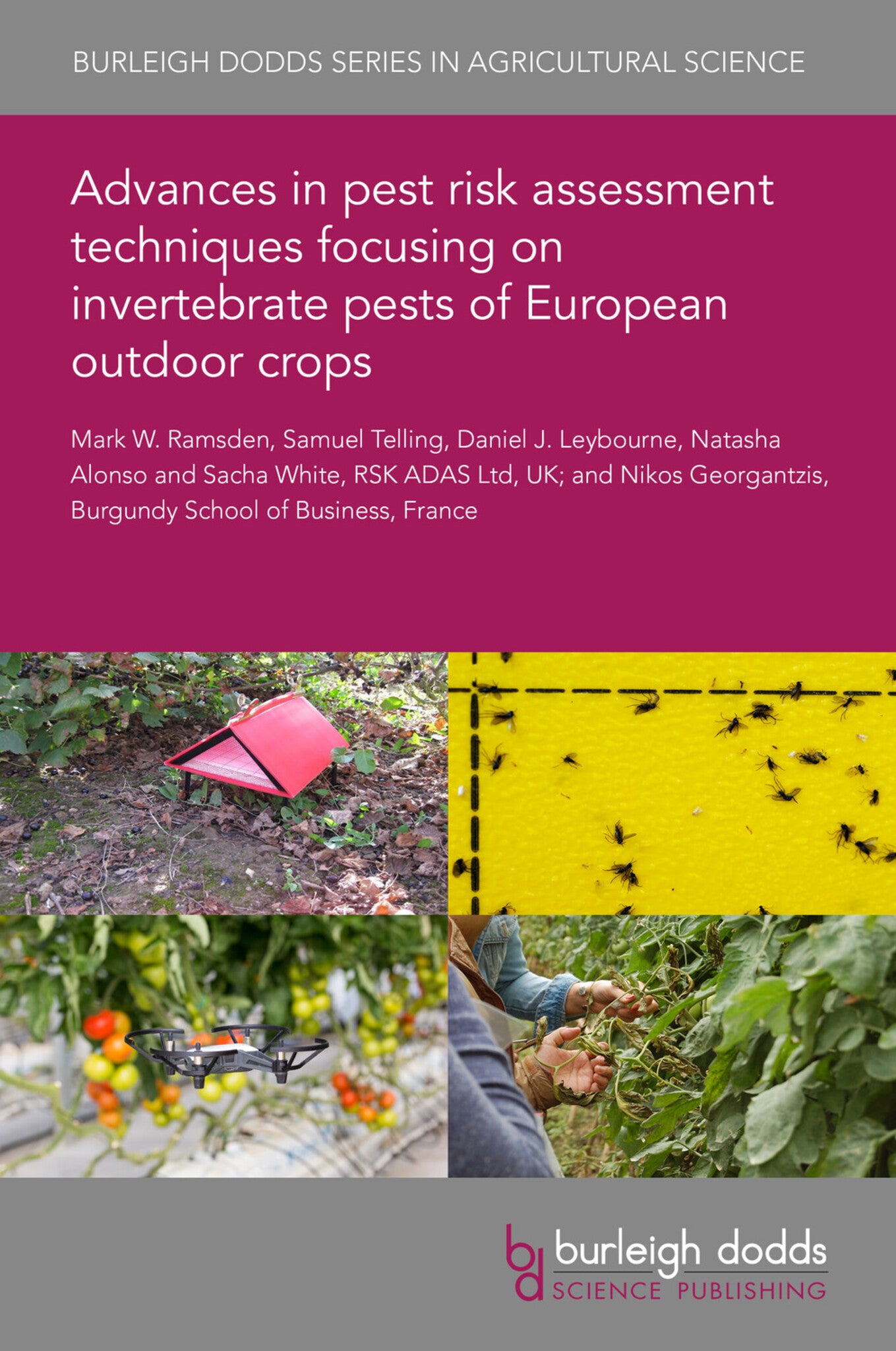We're sorry. An error has occurred
Please cancel or retry.
Advances in pest risk assessment techniques focusing on invertebrate pests of European outdoor crops

Some error occured while loading the Quick View. Please close the Quick View and try reloading the page.
Couldn't load pickup availability
- Format:
-
24 April 2023

Pest Risk Assessments (PRAs) provide a simple evidence-based evaluation of risk posed by one or more pests to crops and can support farmers and farm advisors in developing integrated pest management strategies. By providing a structured approach to estimating the likelihood of pests infesting crops, and the hazard they present to crop production, these assessments enable targeted preventative and mitigating actions with a clear link to impact. In this chapter we break down the processes and tools available to undertake a pest risk assessment, the potential influence of the perception of risk on decision making and provide a worked example for a priority pest in wheat.

TECHNOLOGY & ENGINEERING / Pest Control, Pest control / plant diseases, TECHNOLOGY & ENGINEERING / Agriculture / Agronomy / Crop Science, TECHNOLOGY & ENGINEERING / Agriculture / Sustainable Agriculture, Agronomy and crop production, Sustainable agriculture, Agricultural science

- 1 Introduction
- 2 Assessing the likelihood of pest infestations
- 3 Assessing the hazard of pest infestations
- 4 Reducing risk
- 5 Risk versus the perception of risk
- 6 Summary steps to pest risk assessment
- 7 Worked example: risk assessment of barley yellow dwarf virus in winter wheat
- 8 Conclusion
- 9 Future trends in research
- 10 Where to look for further information
- 11 Acknowledgements
- 12 References



